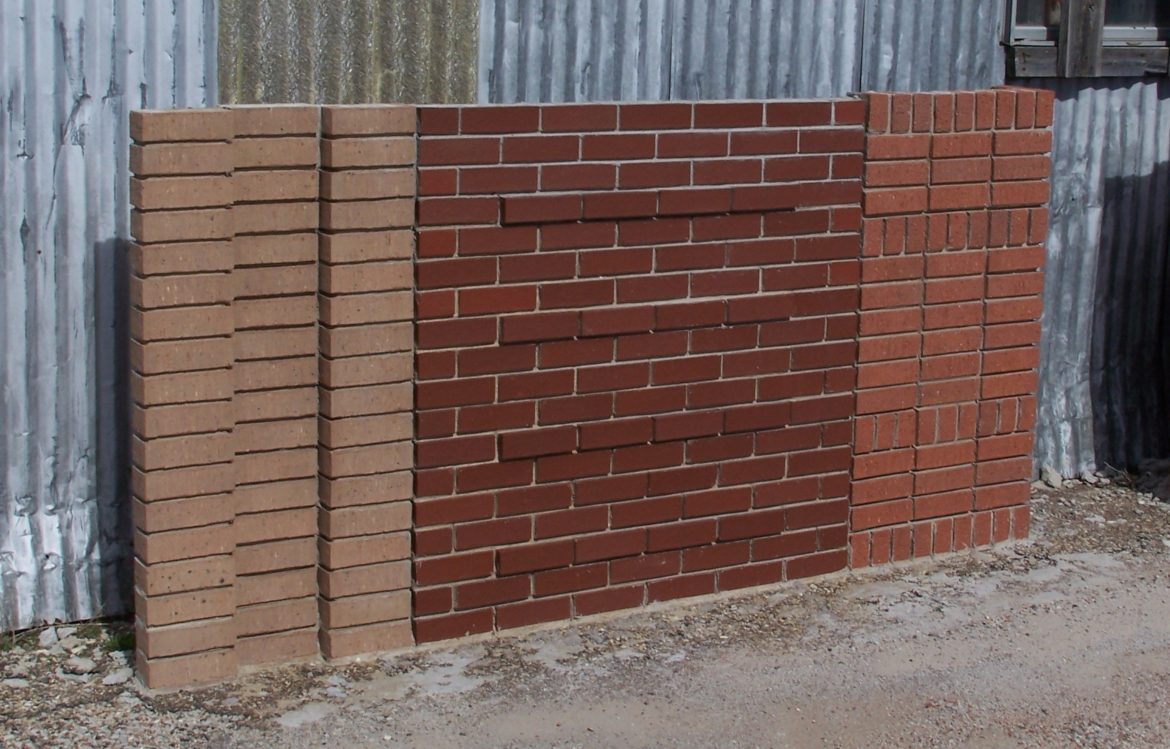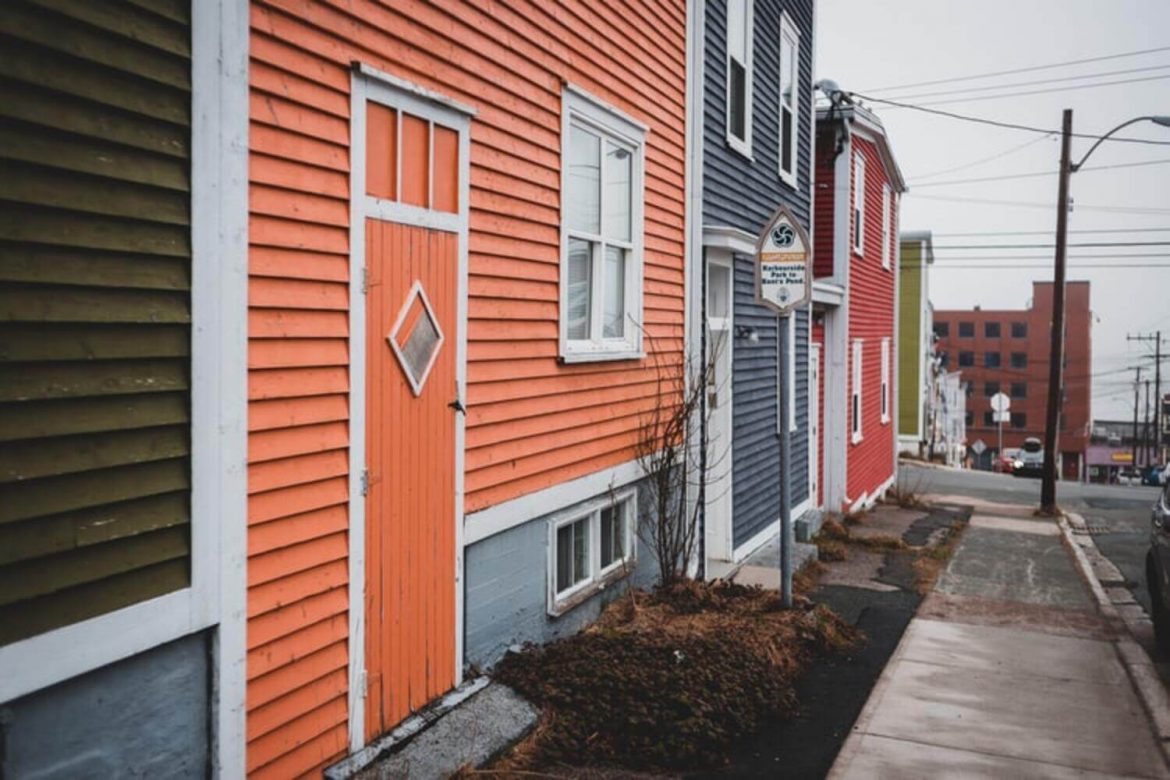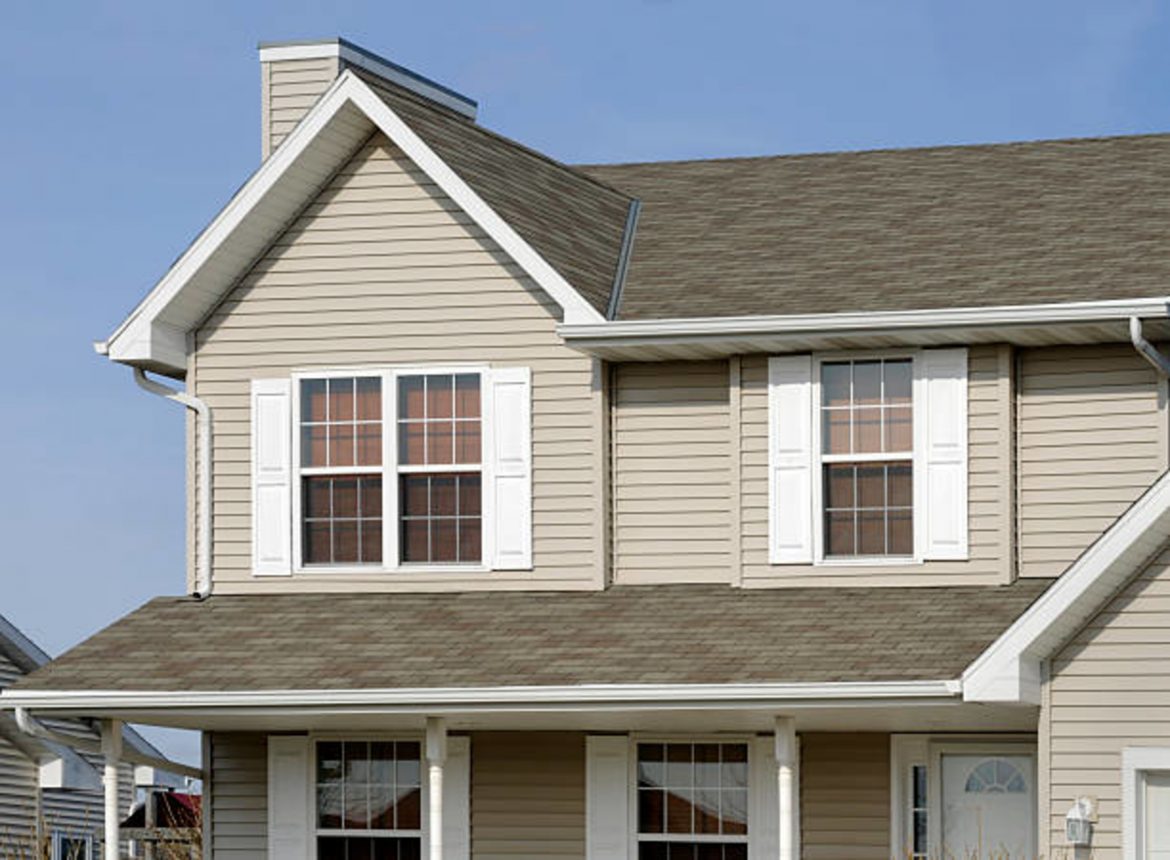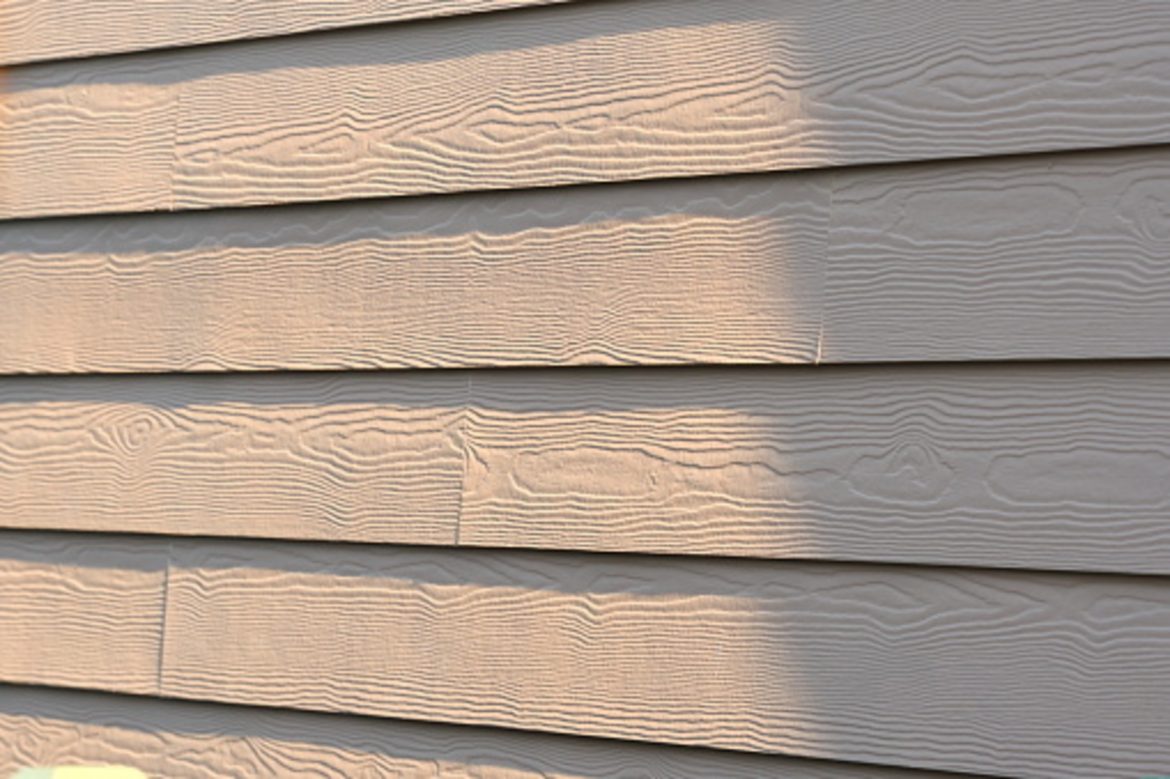Choosing siding for your home can be confusing. You have to find the right balance between protection, durability, aesthetics, and maintenance costs. Although in most cases, the budget dictates the homeowner’s final decision. That’s why most people prefer cheaper options like vinyl or fiber cement siding.
However, if you have a substantial budget or don’t mind stretching it to obtain more quality, you might want to check out brick siding or brick veneer. It can even be affordable, depending on the cut. Want to learn more? Here are five things to know about using bricks for your home exterior.
1. A Quick Look at Brick Siding
Brick material has been around since ancient times. But it wasn’t until 1903 that brick veneer homes first appeared in Geelong, Victoria. By the 1930s, it has become a popular option for home exteriors in many places.
Brick siding is made from, well, bricks! To be more specific, bricks are created from a mixture of water, sand, and clay baked in fire. The main difference between a solid brick wall and a brick veneer is that the latter involves both external masonry and interior masonry with a gap in between. Solid brick construction only uses back-to-back brick stacks glued together by cement mortar.
2. Pros and Cons of Brick Siding
Here’s the good news first. Brick siding is:
- Eco-friendly: It’s not a surprise considering the material consists of natural elements. You can even earn LEED points for your home with a brick veneer.
- Low-maintenance: Brick doesn’t bend or fade. You can pretty much leave it alone for a decade after installation.
- Durable: It can withstand various weather conditions like snow, hails, extreme heat, and strong winds.
- Fire-resistant: Have you ever seen a stone burst in flames? Of course not. That’s because it’s non-combustible, and brick is likewise composed of non-flammable earthen materials.
- Long-lasting: Cities across the US have brick buildings that have been around for well over a century. Yes, brick veneer did that magic.
Now for the bad news. Brick veneer:
- Has color limitations: While authentic brick can be painted, it’s such an extensive process that most likely isn’t worth the money since it’ll fade.
- Is expensive: Having bricks for wall exteriors is considered a luxury in most countries.
- Is prone to earthquakes: The vibration and shaking will crack the mortar, gradually weakening the siding’s reinforcement.
- Weak to moisture: Moisture can creep in through the gaps. This is quite common in regions with heavy rainfall.
3. How Much Does it Cost?
While it’s not as costly as natural stone, brick veneer tends to be more expensive than vinyl siding and fiber cement. According to modernize.com, regular brick siding costs around $5 – $15 to install. Meanwhile, brick veneer’s price range ranges from $8 – $12. In light of this, the average cost for a complete home installation can be anywhere from $7,200 – $24,000.
4. Repair Cost for Brick Siding
The need to repair brick veneer during the first decade is pretty much non-existent. However, the mortar can start to crack or loosen up after that time. That said, you’ll want a masonry expert for repairs. The process typically involves removing the mortar and reapplying a new coat for a fresher finish. Surprisingly enough, repairs can be quite costly, depending on the scale of operation. Contractors demand $50 -$200 for minor fixes while they may charge $10 – $15 per square foot for mending large sections of brick siding.
5. Best Brick Siding Brands
If you can’t find any local supplier, here are some good brands that sell brick veneer online:
- Faux Panels: Offers a variety of brick products from panels to corners to ledgers and door trim.
- Novabrik: Sells unique brick cuts that don’t require mortar to install. How does it work? Bricks are stacked and are mechanically-fastened by screws every fourth course.
- Z-Brick: When it comes to experience, it’s hard to find others that can beat this brand. Z-Brick has been around since 1956, supplying people with handmade bricks of all possible shades.
- Old Mill: A good source of thin bricks that includes easy-to-follow instructions for DIY folks out there. They even provide a 1-year warranty.
- Brick It: One of the more prominent brands that sell brick panels for commercial and residential use. They have a large selection of thin brick colors to match your needs.
Please note that these aren’t the only sellers of brick out there. It’s still recommended to look for a local supplier that can assist you in person on what brick panels are suitable for your project. Make sure to do your research.




